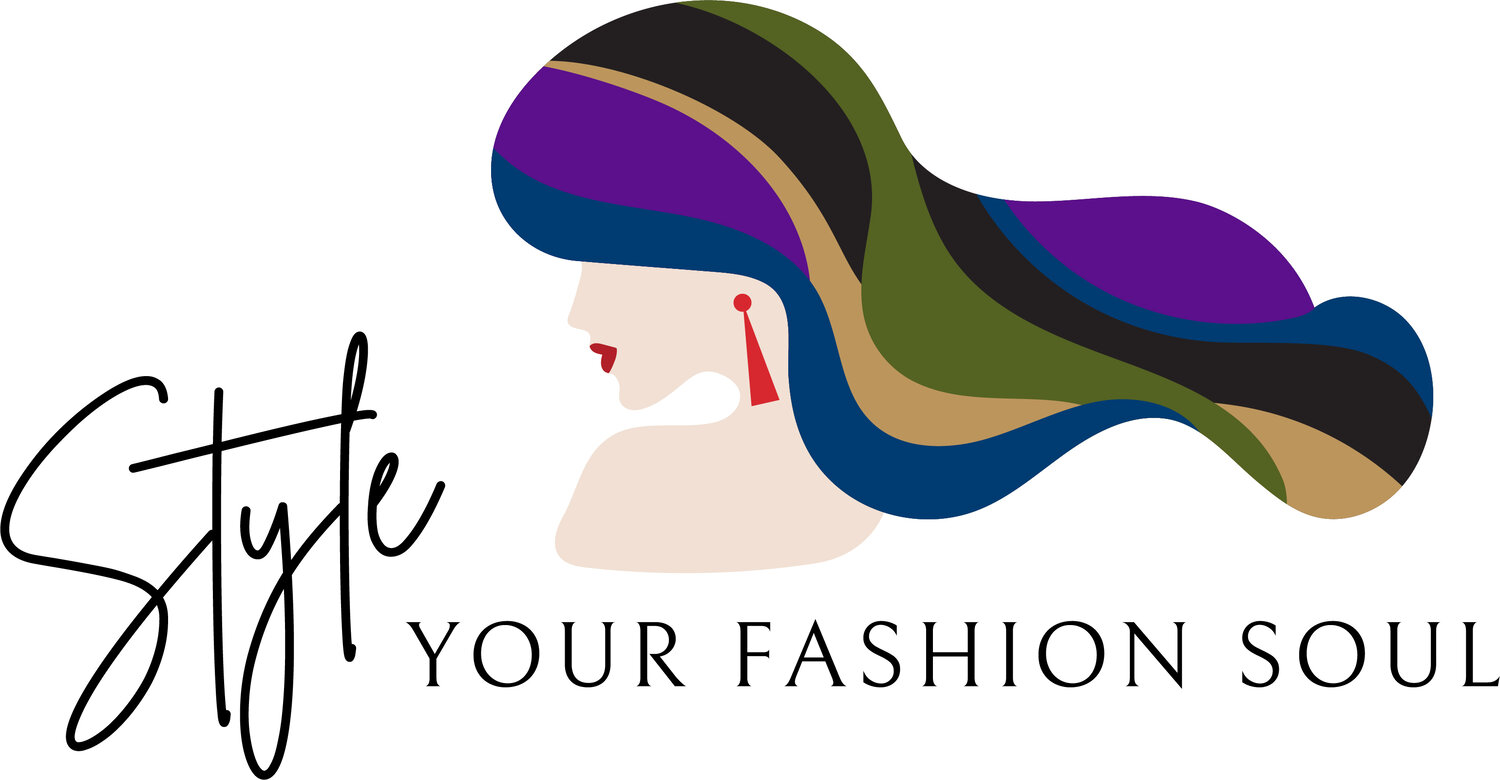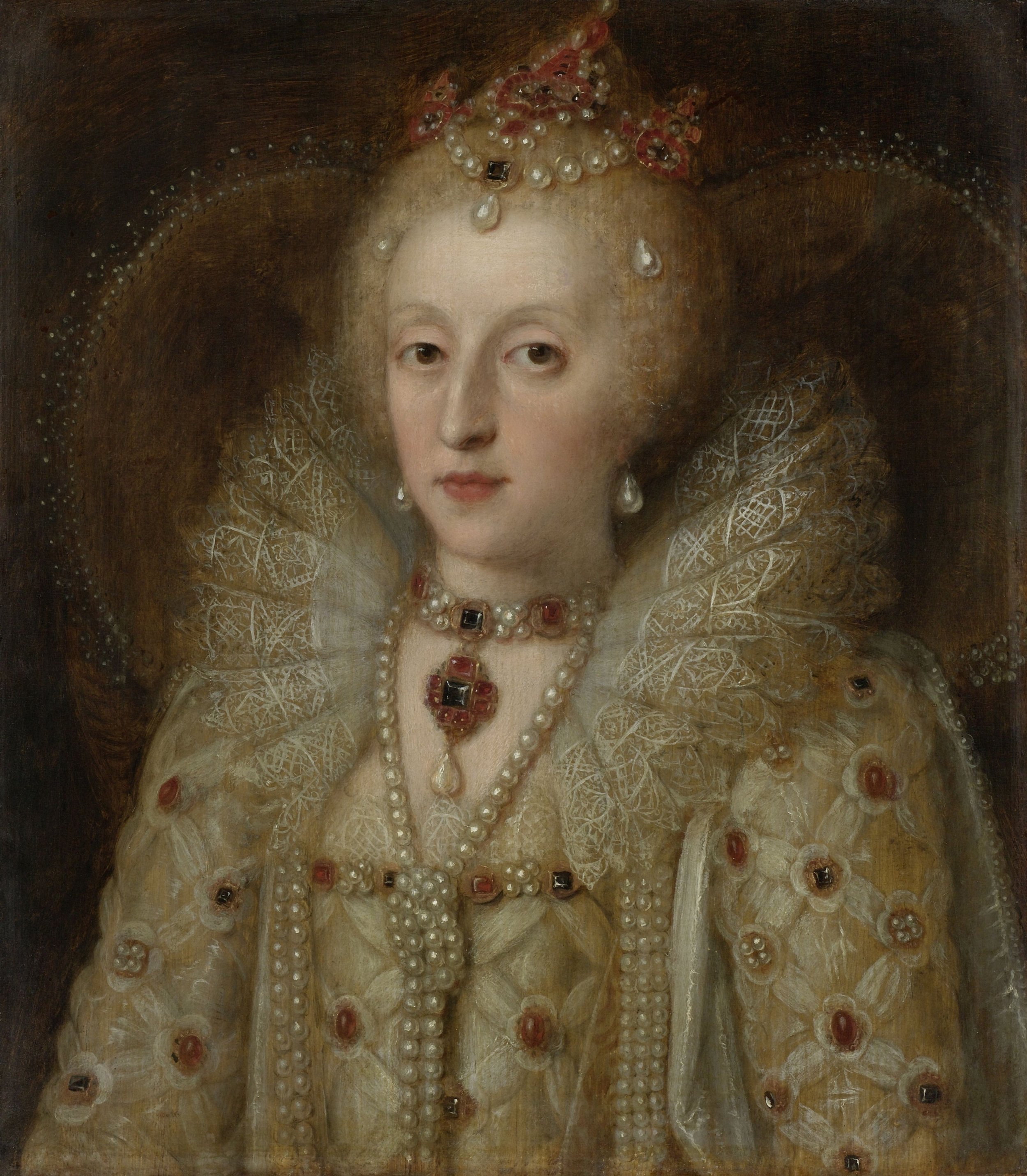SUMPTUARY LAWS & FASHION REVOLUTION: Is Personal Style Really Free?
While modern fashion seems more accessible, economic buying power still determines access to higher-end fashion, raising questions about how democratic fashion truly is today.
History Repeating Itself
Diving into fashion history reveals fascinating connections and recurring patterns.
One such fascinating aspect is the sumptuary laws. These laws, existing since antiquity, curbed access to luxury goods, often apparel, and sometimes food and precious metals.
Governments often presented them as being "for the good of the people," to "protect" and keep the public "safe" from their own downfall. However, they were actually used to maintain the social class system or as a form of economic control.
Ancient Controls: Rome and Beyond
During Roman times, laws known as Lex Oppia governed the maximum amount of gold a woman could wear and what color their tunics should be. These laws weren't limited to women; men were also subject to these controls.
Sumptuary laws soon spread across many European countries.
In Britain, they were most strictly enforced during the Tudor era by King Henry VIII and Queen Elizabeth I.
England thrived at this time, but the hierarchical social system needed maintaining, especially as the middle classes began to prosper and gain access to exotic foreign goods. Restricting access to certain goods was a way to control this new demographic.
Clothing as a Symbol of Status
The nobility felt threatened by the rising bourgeoisie. How could they assert their status when a merchant might be dressed in the same fine silks and exotic colors?
The nobility used clothing and jewelry to signify their rank.
These laws limited the type of textiles, styles of clothing, and colors one could wear.
There were also spending limits on certain textiles like silk taffeta and restricted access to fresh fish and meat based on social rank and earning threshold. The laws primarily focused on clothing and textiles, demonstrating the immense power held within what we wear.
The Illusion of Protection
The spending threshold was presented as a way to prevent people from overspending on costly apparel and falling into financial ruin. However, it was essentially a form of manipulation. The real reason was to maintain and control the social class system.
Lower classes were expected to wear a great deal of wool to support Britain's wool industry, as well as linen and sheepskin. They primarily wore brown and gray, with brown symbolizing humility and poverty. Orange, also easily obtained from natural dyes, was common among the lower classes.
Colors and Their Meanings
Black indicated control and authority and was worn by knights and clergy.
Purple, indigo, and crimson were made from expensive dyes and reserved for the clergy, nobility, and high-ranking officials.
The nobility could wear silk in these colors.
During this period, men often padded their calves, as a thick, muscular calf was seen as virile, masculine, and indicative of higher social standing.
Those attempting to artificially enhance their calves could be fined and imprisoned if they didn’t meet the required income or class.
Even tailors were prosecuted for making clothes from fabrics reserved for the upper class.
Specific Restrictions in Tudor England
Before Queen Elizabeth I, Henry VIII’s court passed sumptuary laws in British Parliament. One such act was named "An Act against wearing of costly Apparel." It stated, "No man under the degree of a lord is to wear any cloth of gold or silver, sables, or woolen cloth made out of England, Wales, Ireland, or Calais."
It further detailed that "Velvet of crimson or blue is prohibited to anyone under the degree of a knight of the garter…" and that no one under the rank of Knight could wear velvet, satin, or damask.
Fashion Today: Truly Democratic?
Are we now living in a time where fashion is unrestricted for all,, where everyone can access it without barriers or regulations?
If you have the economic buying power, a vast world of fashion opens up. As your buying power increases, you gain access to collections before they even reach the stores or online pages.
Unlike the past, the emergence of ‘fast fashion’ allows those with limited budgets to access copies of luxury pieces almost instantly, and replicas have become increasingly sophisticated.
Social media expands access to many more products, as does online shopping. The challenge now is to stand out and find unique items. Although we are seeing a huge rise in smaller slow fashion businesses, the return of craftsmanship and small batches made accessible through social media.
Living in Hong Kong and frequently traveling in China, I experienced first hand the industry of fake apparel, or as rumour has it, often authentic clothing and accessories, but sold off when brands have excess merchandise.
Across China in huge cavernous shopping malls and crowded streets, these stores selling designer apparel can be found everywhere once you know. Of course this raises huge moral and ethical considerations. Whilst on one hand you could argue its accessibility makes fashion more democratic, copying original artistic work is obviously breaking copyright laws and simply put, not ethical.
However, luxury brands are often retailing their products at astronomical prices making them inaccessible to huge sections of the population. Their sophisticated marketing aims to create a lustful desire for these products, where many young women in particular, will do almost anything to get their hands on these products. Many stories of women taking work as escorts and such, to fund their purchases of designer bags and apparel.
Also, there are persistent rumors that luxury houses are burning excess merchandise, or somehow allowing it to be sold discounted, on black market, which again raises further concerns in the industry.
These are complicated issues, they raise all sorts of questions around freedom, self-responsibility, free markets and much more. They are beyond the scope of this essay but are something I will explore in future essays.
Conclusion
While modern fashion appears more accessible than in centuries past, the underlying principle of economic influence remains.
The sumptuary laws of old may be gone, but economic disparities still dictate who has access to what.
Fast fashion and online availability have democratized certain aspects of clothing, yet often luxury and exclusivity remain tied to wealth. Although one could question what actually is true luxury and it is really defined by having a certain brand? Another essay on that topic coming in due course I feel.
The desire to express status and belonging through clothing continues to drive our choices, just as it did in the time of kings and queens. One of the places I experienced the huge cultural significance of the right handbag or branded clothing was also living in Hong Kong.
The right luxury handbag took you into another social class, or the very least, gave one a certain status, regardless of class, or family connections. Many young women, unmarried, living in tiny apartments with their family, would spend a large percentage of their high powered, corporate, earnings, on luxury brands.
I soon realised that you never ask which area a person lives in, this could blow their carefully constructed social image, but you can ask about the bag, which is akin to real estate.
Perhaps the real question is not whether fashion is democratic, but whether we are truly free from the historical forces that continue to shape our relationship with what we wear.



